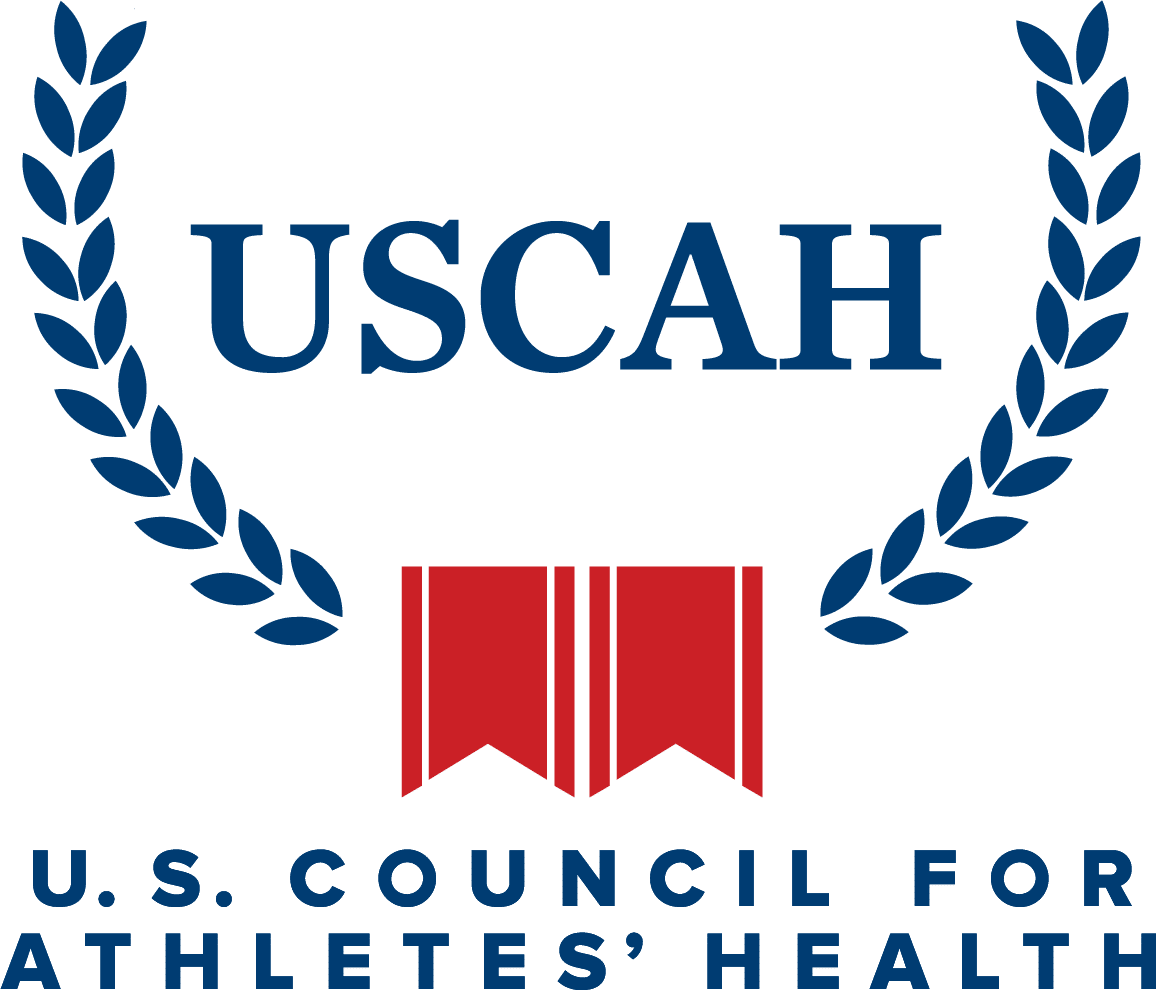December 12, 2016
Best Practices for Implementing Accommodations and Modifications
Industry:
EducationSolution:
K12 EducationSpecial EducationEducators are balancing a growing array of complex and demanding responsibilities. Teachers can feel overwhelmed trying to meet the diverse learning needs of their students. 
But effective planning and implementation of accommodations and modifications that address a student’s unique learning needs can transform his or her education experience!
Implementation Best Practices
- Clarify the differences between accommodations and modifications. Accommodations are changes in how a student accesses information and demonstrates learning, while modifications are changes in what a student is expected to learn.
- Accommodations at a minimum are required for students with IEPs or Section 504 plans. They should be implemented as often as the IEP team or Section 504 team determines the student requires them. Failure to implement them can result in parents requesting mediation or a due process hearing.
- Fair is not equal. Accommodations and modifications may bring up questions about fairness, but it’s important to remember that fair is not equal—fair is everyone getting what they need to succeed.
- Encourage students to become self-advocates. Learning to ask for the accommodations they need to be successful is an important skill that will help students as they transition to adulthood.
- Work together. General education teachers can be most successful in providing for the needs of special education students when they closely partner with special education staff.
- Meet regularly. Meeting with special education colleagues at the beginning of the year, and finding time to collaborate throughout the year, ensures that the accommodations and modifications are understood up front and that adjustments can be made as needed.
- Avoid accommodation pitfalls. Some examples include implementing a behavior chart but not ensuring that the reward is highly motivating for the student or delaying the reward for too long, or losing track of which students need what modifications when managing a large classroom.
These tips are from the Exceptional Child online course, Accommodations and Modifications, authored by Nicole Barrion, M.Ed., Special Education, and Allison MacMahon, M.Ed., Special Education.
View the full course library at www.exceptionalchild.com/course/list.







